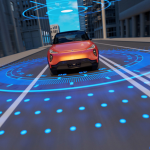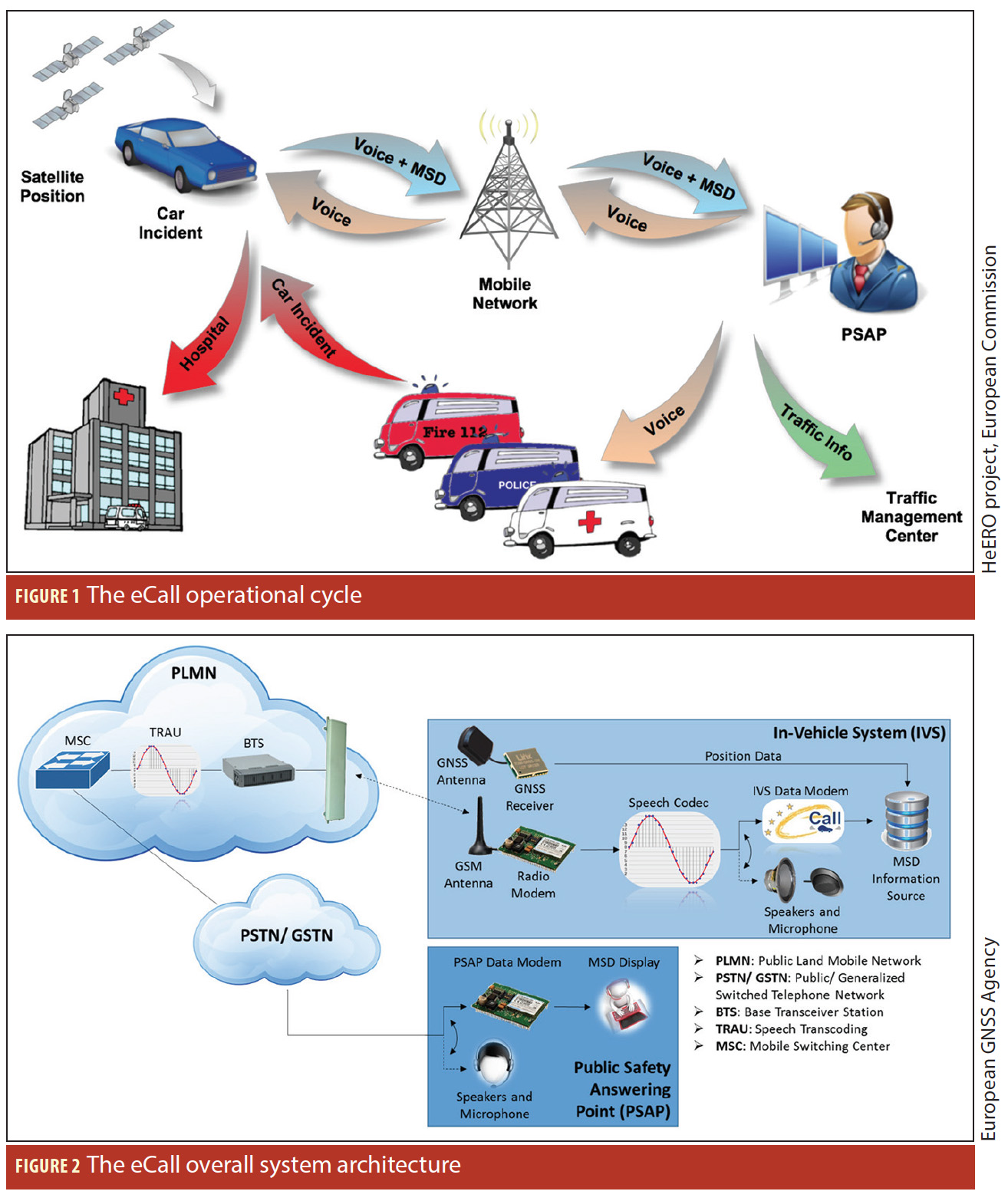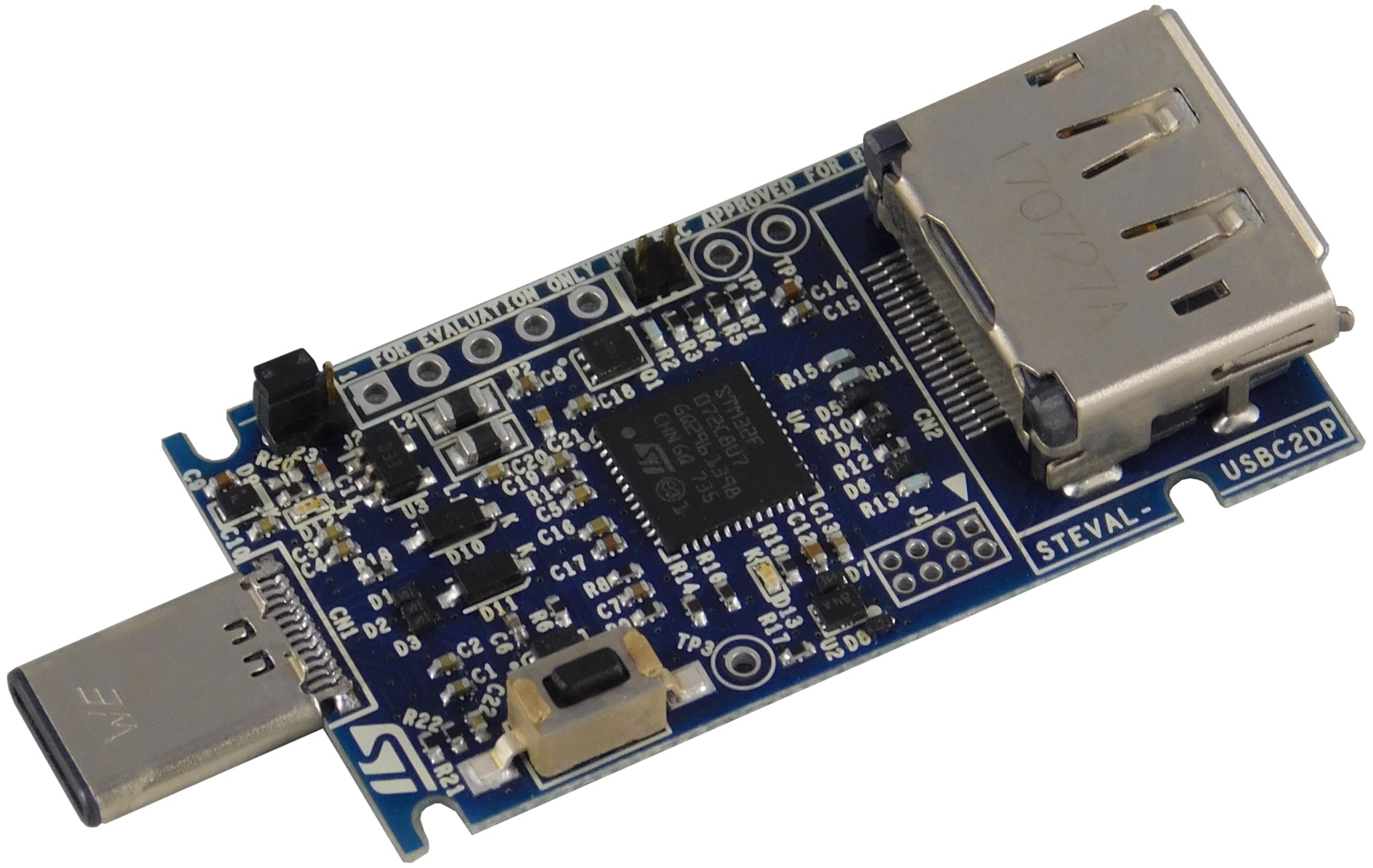Assisting safer autonomous driving, STMicroelectronics recently introduced the world’s first multi-frequency satellite-navigation receiver chipset suitable for safety-critical automotive applications and high accuracy positioning at the decimeter and centimeter-level for precise point positioning (PPP) and real-time kinematic (RTK) applications.
Traditional in-car navigation systems help drivers reach their destinations using receivers and commercial satellite services that allow positioning accurate to within a few meters. With increasing use of autonomous systems such as lane-departure warning (LDW), adaptive cruise control (ACC), valet parking, and auto-pilot, greater accuracy is needed to ensure safety and reliability, in combination with proximity sensors such as cameras, radar, LiDAR, and others, to monitor the driving environment automatically. Fully self-driving vehicles of the future will also demand high-accuracy positioning.
By tracking satellites of all GNSS constellations — GPS, GLONASS, Galileo, BeiDou, Quasi-Zenith Satellite System, and NavIC — simultaneously on at least two of the frequencies used by each system (instead of one in other products), ST’s automotive-quality Teseo APP (Automotive Precise Positioning) receiver provides high-quality raw GNSS data for PPP and RTK algorithm, which allows accurate positioning and rapid convergence time worldwide, according to the company.
Related Reading: NovAtel Demonstrates Precise Positioning Using the Teseo APP and Teseo V Automotive GNSS Chipsets from STMicroelectronics
In addition to its high accuracy, the receiver monitors the integrity of the satellite data to alert the system if accuracy is degraded for any reason. This permits Tier-1 manufacturers to certify safety-critical systems in accordance with the automotive industry functional-safety standard, ISO 26262, up to the highest Automotive Safety Integrity Level (ASIL). Teseo APP also integrates a secure microcontroller for secure system boot and data-output authentication to keep sensitive data safe from attack.
Launched alongside Teseo APP, ST’s Teseo V chip is designed to provide equivalent multi-frequency precise positioning in a simplified device for non-safety-critical applications where integrity assurance is not required.
“High-accuracy satellite positioning makes autonomous driving safer, smoother, and more reliable,” said Antonio Radaelli, Director, Infotainment Business Unit, STMicroelectronics. “Our newest Teseo APP GNSS chip combines extreme accuracy and precision with industry-unique integrity assurance for use in safety-critical applications.”
The company is now supplying product samples to lead customers who are developing autonomous-driving systems expected to appear first in high-end vehicles launched in 2020/2021.
Until now, GNSS signals containing precise-positioning information have been reserved for commercial and government organizations. Other techniques for enhancing accuracy have included expensive differential systems reliant on a combination of ground base-station signals as well as satellite signals, or techniques such as RTK, which generally require a denser reference station network.
The new Teseo chips are said to make high accuracy affordable for autonomous driving through a combination of tracking up to three constellations simultaneously over two frequency domains. These multi-frequency combinations bring reliable GNSS ionospheric and multipath modeling in most environments, thus allowing accurate positioning with faster convergence time for automotive applications, where timing is critical.






